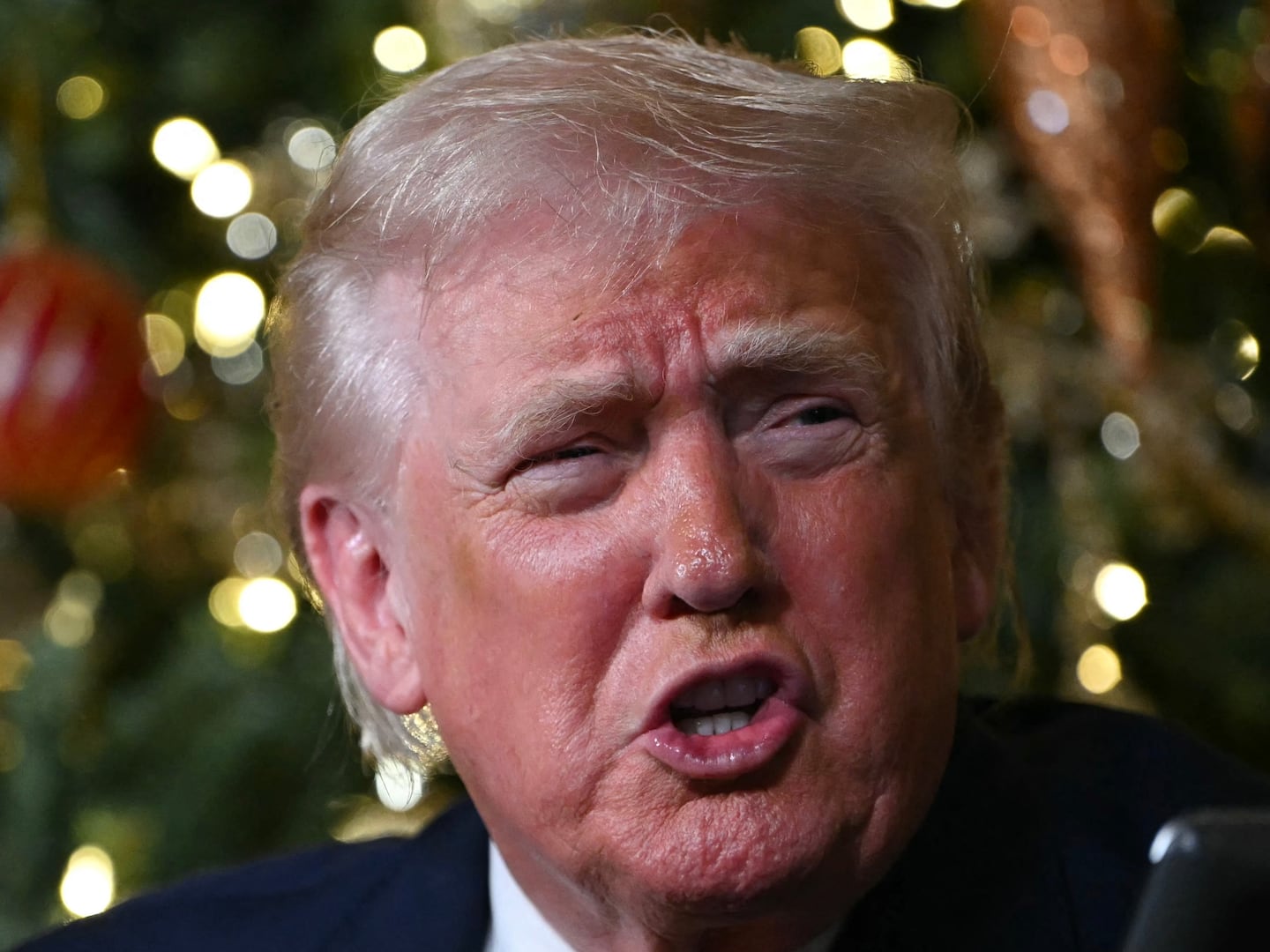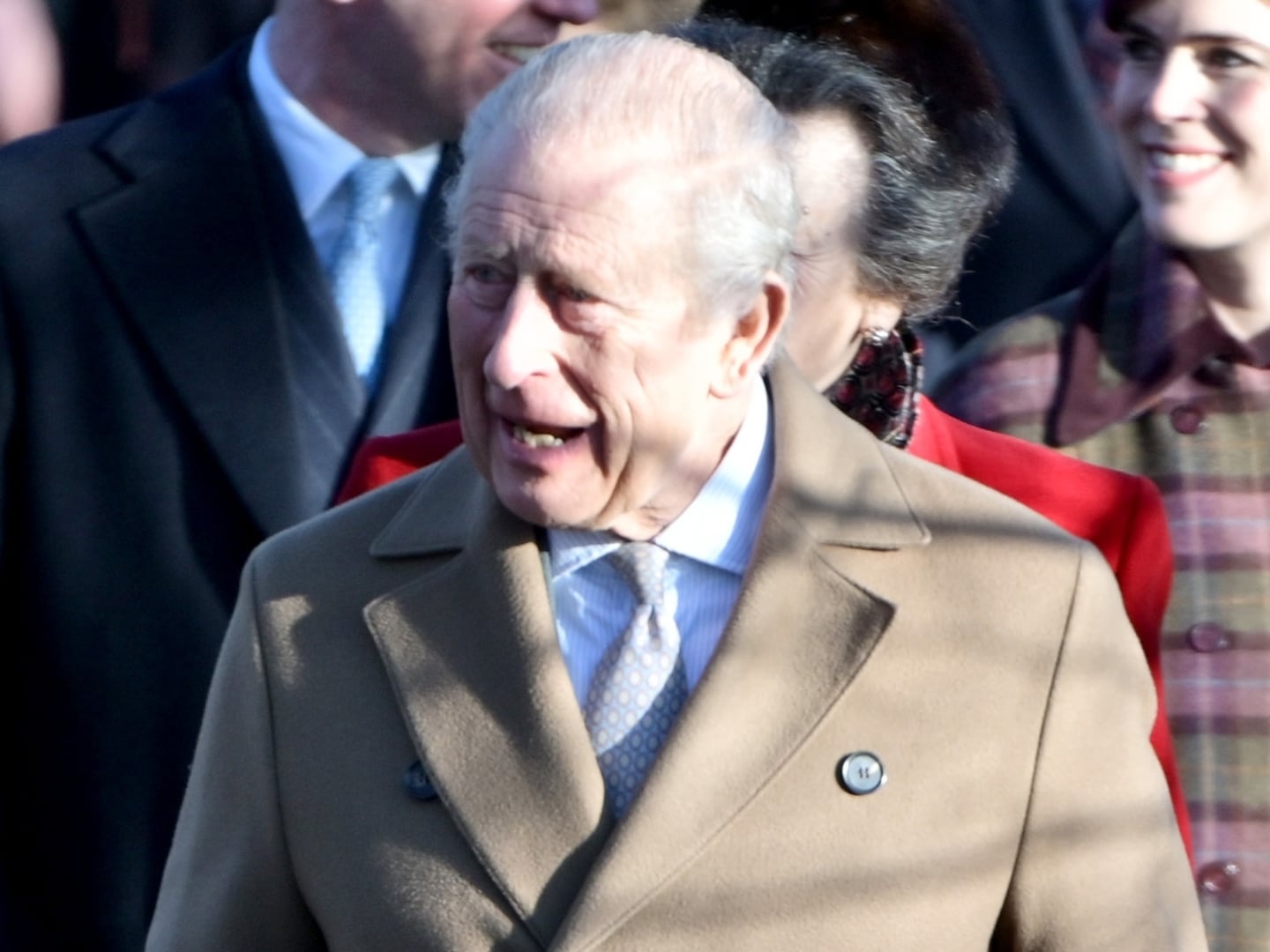Russia duped the West in the 2016 election, but their playbook has been exposed and last cycle’s trickery won’t work the same in 2020.
Vladimir Putin’s propagandists understand U.S. politics well, and early indications are that their goals are campaign classics: secure the base, Trump supporters, and divide the opposition. With America more divided than any time in recent history, the 2020 presidential election, from Russia’s perspective, will require a lighter touch than 2016. Their troll farm and state-sponsored news outlets won’t need to make “fake news”; America’s candidates and political parties will make plenty for the Kremlin to re-share with selected American audiences.
President Trump winning a second term would be wonderful for Putin. No American president has done more to weaken confidence in the U.S. abroad and create turmoil at home than Trump. Putin has stepped into voids where the U.S. has erratically pulled back and become a reliable, steady authoritarian other countries can consistently engage. Meanwhile, Moscow has seen solid gains in Syria, no serious challenges in Crimea and Ukraine, a weakened NATO, a crumbling E.U., and an America splintered by political infighting; aside from sanctions relief, Putin has gotten most of what he wanted in the last three years. As of today, the White House appears to be spending more effort investigating the investigators of Russian interference in 2016 than preventing the Russians from interfering in 2020. It’s a bizarre time in Trump’s America, and a wonderful moment for the Kremlin.
John Sipher, retired CIA officer and former American station chief in Moscow, adroitly described the long-term danger of the Trump election and resulting era as not collusion but convergence. “Convergence can be defined as distinct groups doing the same things for different reasons, or as a unity of interests evolving from separate starting points,” Sipher explained last summer.
Most American discussions of Kremlin influence efforts characterize Putin’s stance as pro-Republican and anti-Democrat, but that’s not correct. The formula is pro-populist, anti-establishment. On the whole, populist movements may be healthy injections of political participation for democracies, and America’s politics could certainly use an antidote to what appears to be growing control by the richest of the rich. But for the Kremlin, they offer a disorganized, easily infiltrated counter to establishment governments checking Putin’s power. Populists often lack sufficient foreign policy knowledge and their inexperience leaves them ill-equipped to react to Putin’s maneuvers. (President Trump’s first term, thus far, is a relevant case study.) In 2020, Kremlin propagandists will seek to connect populist right and populist left audiences through shared narratives designed to normalize Russia’s agenda in America, demoralize democratic constituents and neutralize political establishment counters to Russian advances abroad and inroads into American society.
Putin may not get another term of Trump. But regardless of the 2020 outcome, the Kremlin wants Americans on both sides of the political spectrum using the same talking points even if they have drastically different ideologies—America should withdraw from foreign battlefields and global markets, and democracy is a corrupt sham that can’t be trusted.
Right... into Putin’s Hands
Russia need not waste time creating bogus content to splinter American audiences; conservative media will do the hard work for them. There are plenty of outlets willingly pumping out pro-Russia messages and false, misleading or manipulated content every day. The Kremlin will simply amplify the readily available American-made content to further divide the U.S. electorate.
Moving forward, Putin’s propagandists will employ the “Five R’s” on American conservatives: remind Americans of their missteps, repost (reshare & retweet) organic American content supporting Russia’s agenda, repurpose vitriolic American narratives to manipulate unwitting audiences, repeat White House attacks on other Americans, and route conspiracies and alternative content through fringe populist information sources.
Russia’s convergence with America’s political right is on full display nearly every day. In April, President Putin told an audience in St. Petersburg, “We said from the start that this infamous commission of Mr. Mueller’s would not find anything because nobody knows this better than us. Russia did not meddle in any elections in the United States. There was no collusion, as Mr. Mueller said, between Trump and Russia.” Trump-friendly outlets have offered similar commentaries. Breitbart News asserted that the Mueller Report “repeats fake news about Russia’s ‘preference for Trump.’” Fox News’ Dan Bongino proclaimed that “collusion was a hoax and spying [on the Trump campaign] was real.”
Then there’s Fox News host Tucker Carlson. He claimed that the investigation into Russia, “did a lot to destroy this country.” The online outlet he founded, the Daily Caller, granted sanctioned Russian oligarch Oleg Deripaska op-ed space to repeat GOP claims of “no collusion,” alleging Putin’s interference in America was nothing more than anti-Russian bias. And a real episode of Carlson’s Fox News show asked “5G is coming: should we be worried?” The segment jolted observers of Kremlin propaganda who’d watched the state-sponsored outlet Russia Today (RT) inject fears of 5G modernization into American audiences just weeks before.
But recently, even the Kremlin-philic Fox hasn’t been sufficiently deferential, in Trump’s eyes. So he has turned to the growing, ultra-conservative One America News Network (OAN). OAN’s conspiratorial content lauds praise on President Trump and, according to a former OAN staffer, the network’s owner Robert Herring is quite a fan of Putin. Russian propaganda regularly surfaces on the OAN feed, as The Daily Beast has noted here. OAN recently aired a segment alleging that a rescue group “stag[ed] fake chemical attacks in Syria,” a Kremlin conspiracy pushed by GRU operatives.
The more surprising and striking success for Russia’s disinformation machine has been the repeating of Kremlin narratives by the White House itself. President Trump repeated on at least three occasions highly specific pieces of Russian propaganda alleging Polish aggression toward Belarus, claiming Montenegro to be an aggressive country and offering that the Soviet Union went to war in Afghanistan to stop terrorists. These claims are not only false positions crafted by the Kremlin, but Trump is taking Putin’s side against U.S. allies and America’s own previously held positions.
With this many conservatives mainlining Russian thinking into American minds, the Kremlin won’t have to do much to sustain their gains.
Divide and Conquer
Populists on the political right were the primary focus of Kremlin influence heading into 2016, with the political left getting the remainder. This formula will likely reverse in 2020.
It’s a plan the Putinistas’ predecessors have used before. During the Cold War, the Soviets used so-called “active measures” to target America’s self-shaming political left by seeking to enlist anti-war activists and civil rights groups. Echoes of this strategy persisted in 2016 when the Internet Research Agency—the so-called “troll farm,” backed by the Kremlin—sought to impersonate online communities like Black Lives Matter, Native American groups, and Bernie Sanders supporters. No surprise, the Kremlin’s trolls sought out the self-described leader of the leaderless Occupy movement as an unwitting agent-of-influence heading into the 2016 election. An anti-establishment, anti-capitalist, socialist leaning, leaderless, diffuse populist movement powered by social media—the Occupy movement presents an unbelievable opportunity for infiltration, influence and subversion by Russian operations.
Moving forward, the Kremlin’s strategy will be to identify, highlight and empower the unwitting and the like-minded on the political left. (Open courting of former Rep. Dana Rohrabacher and the pursuit of the NRA and Christian communities offer a few of the many relevant examples of how this engagement occurred across the political right in 2016.)
Tulsi Gabbard fell into this crossfire with her meeting with and support of Syria’s Bashar al-Assad. It situated her as a bridge between anti-Israel activists of the political left and white supremacists like former KKK leader and GOP Louisiana state representative David Duke, who tweeted, “Tulsi Gabbard is currently the only Presidential candidate who doesn’t want to send White children off to die for Israel.” Alt-right leader Richard Spencer and the nationalist Mike Cernovich also fanned support for Gabbard in January 2019. And we shouldn’t forget Steve Bannon sought Gabbard out for a meeting with President-elect Trump in November 2016. Online and on-the-ground convergence between the populist right and the populist left is happening in plain sight—all the Kremlin has to do is help it grow.
Beyond Tulsi Gabbard, Russia’s propagandists will seek agents-of-influence, individuals inside the American government and media able to influence national policy. And the agents they seek this time around will largely be across the political left, seeking to amplify and connect their preferred Kremlin message with that of the right. Putin wants Americans to hear from Americans that America is littered with infighting and violence between identity groups; that capitalism a corrupt system empowering elites over the people; that the U.S. an imperialist war mongering country, that democracy a fraud perpetrated by competing elitist factions and the nation destined for a divided dystopian future.
But let me close with some good news. Americans know far more about Russian interference now than they did four years ago, and we’ll be less likely to fall for Putin’s schemes. I suspect the Kremlin’s manipulation won’t matter much in 2020, not because they won’t try, but because Americans will far outpace Russia’s manipulation from afar—President Trump’s retweet of a manipulated video of Nancy Pelosi serves as one such example just this week. What more could Putin’s trolls do at this point that we don’t do to ourselves?
Clint Watts, Distinguished Research Fellow, Foreign Policy Research Institute. Author of Messing With the Enemy: Surviving in a Social Media World of Hackers, Terrorists, Russians and Fake News.






